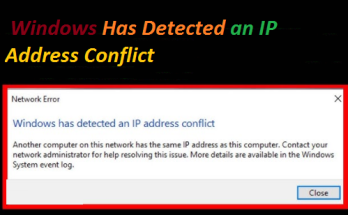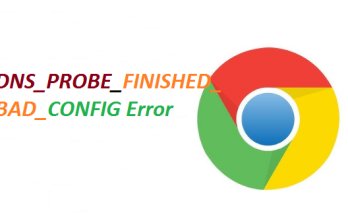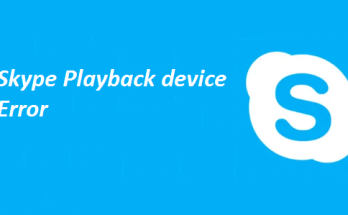The internet has become a necessary part of our lives, as almost everyone spends their time in the online world using multiple platforms, but it also comes with some risks. There is nothing you can do to change your personal information if it is breached, including passwords and photos. Instead, concentrate your attention on protecting your privacy and security.
With so much of our personal information available online, it is important to be aware of the best practices for keeping our information safe. Despite firewalls, antivirus software security solutions, and identity security, there remain several cybersecurity issues to be aware of to increase your online security. Additionally, a lot of internet service providers offer online security software for you, such as Mediacom. So, simply sign up for one of the internet plans to access a secure network as it can detect and eliminate potential threats for you both online and offline.
In this post, we will guide you through the most effective ways to protect your online security.
Do not reuse passwords
This is a common error people make and do not think about it while doing it. It is impossible to know the moment a password has been breached. Many applications and software assist you to change your password every six months or a year for the same reason. If a hacker gains access to the password for only one of the accounts, then they will have it on all accounts. Do not use the same password again and again for different accounts. This is among the best security measures.
Be cautious about downloading from external sources and emails
Phishing emails pretend to be from a real company or person to obtain information from you. The downloaded file could look legal, but it’s spyware. False security professionals may assert that your computer is infected with a virus and offer to remove it for you, typically in exchange for payment and remote access to your machine. If you suspect that it’s fake, do not access the file. You can test to find out if it’s genuine by looking for any inconsistencies within the sender’s address or the subject line.
Set up an Antivirus and ensure it is kept up-to-date
Your files are encrypted by ransomware, which then requests payment to unlock them. Trojan horse-like programs appear to be legitimate software; however, behind the scenes, they steal your data. Bots turn your computer into a zombie army soldier who is ready to attack websites, send spam, or carry out any other orders given by their master. Good antivirus software will protect you from this and other types of malware.
Use Unique Passwords for Every Login
Obtaining multiple passwords and login combinations from one location and using those same combinations in other locations is one of the most efficient ways hackers can steal information. For instance, hackers took control of an email service and stole your account and password. They might try to sign in to popular online retailers or financial websites using the same identities and passwords. Employ at least one number, one uppercase letter, and one symbol in whatever word(s) you choose to use. This is a rock-solid guide to follow.
Make a VPN connection and use it
It is recommended to utilize a VPN if you access the Internet through a Wi-Fi connection that you don’t own. Whenever you go to a place for coffee and use a public Wi-Fi network. You are unaware of the connection’s security. There is a chance that someone else, who is connected to the network, without knowing it, might begin looking through or even stealing the data and files via your laptop or mobile device. The hotspot’s owner could be a fraudster, seeking out the secrets of all Wi-Fi networks. A VPN protects your web data and then routes it to an account owned by the VPN company. This means that no one except the administrator of the free Wi-Fi network can access your information.
Use Multi-factor Authentication
Although multi-factor authentication is challenging, it will increase your account’s security. It suggests that you need to use more than just a password and login to access your accounts. Suppose your account has sensitive or valuable information about a person or that information is protected by multi-factor authentication. So, you must be sure to turn it on. Evernote, Gmail, and Dropbox are just a few examples of online services offering multi-factor authentication.
Limit social network information
Social networks like Facebook, Twitter, YouTube, and others have mostly taken over our online existence. Social networks are an excellent method of staying connected to people, but you are cautious about the amount of personal information you upload. Learn to utilize the privacy and security settings to safeguard your privacy, Keep your personal information private, be aware of the people in your social circle, and know what to do in case of trouble.
Conclusion
Hopefully, now you can stay secure when you surf the web browser. These are the simplest ways to ensure online security. Moreover, by using these precautions your private data won’t be compromised, not be sold off to another firm.


